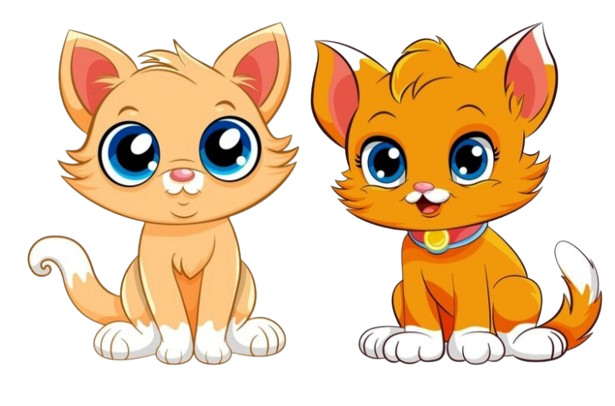 |
| grey British shorthair |
British Shorthair
History/Profile of
It is believed that these cats appeared in Britain together
with the Roman colonizers, who came after the conquest of the islands by Julius
Caesar in 43 AD - 60 AD Romans as they moved built fortified camps, roads,
cities, developed infrastructure, and constantly seized new territories.
They were inhabited by the inhabitants of Rome and the Roman
provinces, and they moved with their favorite pets - cats, which were loved,
among other things, and for the fight against rodents. Up until the 5th century
AD, the brought individuals mate with the local, resulting in the formation of
a separate breed of cat - British shorthair.
Despite the fact that, officially it was officially
recognized by the British Association only in 1870 (the American Association
recognized all the colors in 1976), British breeders, who lived mainly in the
Northern part of England, were engaged in breeding before that. One of the
earliest varieties that was bred selectively was black British. The cat of this
color took part in the national cat exhibition in London in 1871.
After this exhibition at Crystal Palace, the popularity of
the breed grew rapidly, and breeders began to bring out new colors and
participate in exhibitions throughout England, up to the 1900s. Around the same
time Angorstia and Persian cats brought to the islands were
a serious competition of the British shorthair.
After the First, and especially after the Second World War,
the number of individuals decreased incredibly, and it took several decades for
the population to return to normal. Interesting fact - a cat named Brynbbu
little monarch became the first British shorthaired cat, which was awarded the
title of Grand Champion of the GCCF. At one time it was one of the most popular
breeding cats, and most owners of British shorthair, and can now trace the
origin of their pets from it.
Characteristics of the British shorthair cat breed
Adaptability 10/10
Attachment to the family 08/10
Gaming activity 04/10
intelligence 06/10
General health 07/10
Wool fallout 02/10
Friendliness to children 08/10
Friendly to dogs 10/10
Love for meows 02/10
British shorthair Cat Breed
information
|
The Origin |
United Kingdom |
|
lifetime |
12-17 years old |
|
size |
medium-large |
|
weight |
Cats: 6-9 kg, Cats: 4-6 kg |
|
The type of wool |
shorthaired |
|
Color |
any colors |
|
lifestyle |
Outdoors / indoors |
British shorthair price |
1500 - 2000 $ |
 |
| British blue cat |
Description
The British shorthaired cat is a good friend and
affectionate pet. Life expectancy - an average of 15 years, but with proper
care can increase to 20 years.
The classic shade of wool is considered gray-blue, but there
are a lot of others (black, chocolate, white, lilac, striped, etc.). It is
believed that a large role in the formation of colors played Persian cats -
Pairing with them happened quite often, both in the early 20th century and in
the post-war years.
Ears are short, neat, correct in shape, classic and the most
common eye color is orange, but in some colors, they can be blue (one or both
eyes). Their look has sincerity and charm. The body is short, strong, the paws
are strong, and also short, although, in general, the British are folded very
harmoniously. These cats do not like when they are too singly or a lot carried
on hands, although responsive and love affection. Dogs are well received if
they do not show aggression.
Personality
The British shorthaired cat is one of the oldest breeds
living with humans. It has distinct characteristics, which are expressed not
only in external distinctive features but also in character. These are kind
and friendly creatures that will become loved ones of the family and wonderful companions to the lonely host.
The breed is different in mind, shows interest in what is
happening in their environment, and long retain playfulness even in adulthood.
On the other hand, the cat sometimes needs the activity and attention of the owner,
otherwise, there is a danger that it will turn into a soft, lively, kind, but
passive addition to your sofa.
Pets can sometimes require attention in an interesting way.
For example, when you are busy working at the computer, do not be surprised if
your pet will come and lie on the keyboard.
Common diseases
Kitten Brit does not require special care about health, as the breed is quite hardy and not prone to disease. However, there are several specific diseases that affect the British. in particular:
- polycystic kidney disease (PKD)
- hypertrophic cardiomyopathy (HCM)
- polydactyly - such cats have more fingers on their paws, although this is not a serious disability
- Hemophilia B, also known as Christmas disease is inherited by gender.
How to take care of a British Shorthair Cat?
British shorthair cat does not require special care. Weekly
brushing is brushed and that's all it takes to keep the wool in good condition.
It is also important to check your ears regularly and clean
them if necessary.


